Gates, fences, walls. There are stories behind them. There are people behind them. Do you see them?
It may not be extraordinary in the “I climbed Everest” kind of way. But, for us, it’s extraordinary in the “I walk slow enough to see how fences change” kind of way.
Why do fences matter? Because they show us what matters to people, cities, cultures, and countries.
Our 16,000-kilometer-walk-home is many things, and one of the things it has become is a social anthropology experiment. Observing, wondering, and questioning how people behave, interact, share, speak, and move through their cities, suburbs, and rural spaces has fascinated us since we set out from Bangkok in January 2016.
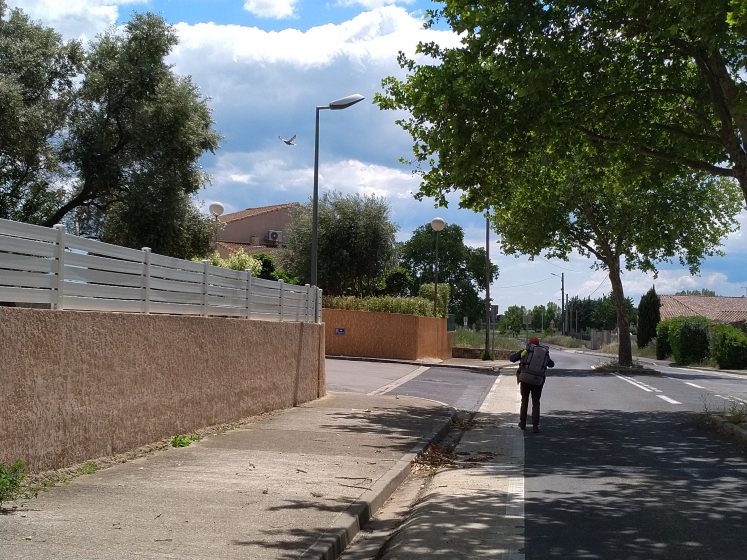
For more in the Bangkok to Barcelona series, click here.
In many parts Asia—Thailand, Burma, Bangladesh and India, come to mind—there are very few fences.
Houses are typically built right up on the edge of the road; the lucky ones, have gravel shoulders seperating the asphalt and their living rooms or shops. In quieter farm areas, men and women work their fields, take their animals out to pasture, sweep the dust from their front doors (only to have trucks and buses blow it back a few minutes later), or head to work or school on rickety bicycles or mopeds. In cities, the pulse is frantic, chaotic, throbbing, surprising. All of life—from the joyous wedding ceremonies to the vibrant fruit and vegetable markets to the distressing poverty that forces people crippled with disease to roll their leg-less trunks through filthy streets—happens right there on the street.
Fences are not for the common people. Instead, they are decoration for temples, and sometimes schools. They seem to be inviting people inside. “Come, step through the gate. Find refuge here, find comfort from the noise, grime and hardness of life outside the fence,” I could feel them whisper, as we crossed the threshold and sought shade from the increasing heat.
Further on in Central Asia, through Old Silk regions, the “stans” of former Soviet places, wide-open spaces separate towns, and wooden pickets or some makeshift wired fence are typically used to protect sheep, goats and cows from predators. Sometimes, potato gardens are what need protecting in the daytime hours, from those same sheep and goats penned in at nightfall.
People, squeezing by on sustanenace animal farming, do the best they can to make their main sitting room and, if they are able to expand, the room where visitors can sleep, look comfortable. Beautiful, big rugs with exotic curves woven into the tapesty are on the floor and walls, guarding the family from the deep freeze of harsh continental and mountain winters. These people are settled now, but their traditions still ring with the kindness of nomads. They pull their dogs back, and open their doors to strangers.
This fenceless life through big chunks of South and Central area creates a different human dynamic than the one we are accustomed to in the West.
Without physical boundries separating passerbys from their grandmothers and children, people are often curious about us and want to know how we found ourselves there, in front of their houses. Without a common language, they are brave enough to approach us and talk to us. They most generously invite us into their homes, and the ceremony of getting to know one another unfolds over tea, bread and whatever else they can share. We are guests, and many of them feel it is their responsibility and duty to offer hospitality, take care of us, and treat us with respect and kindness.
Some of this vibe started to shift as we moved through Turkey, Greece, and the more developed parts of the Balkans, namely Croatia and Slovenia. There, houses are a bit further off the streets, with well-manicured gardens with blooming roses and blossoming fruit and nut trees winding up the entranceways.
Short, thigh-or-waist-high decorative iron or wired metal fences line the perimeter of houses and gardens. Metal gates, with customized details or welded out geometric patterns, close around the driveway. There is something subtle about the fence placement. Instead of keeping people out, they appear to reflect pride that comes with hard work, something that says, “Look at us. We’re doing pretty well for ourselves. We worked hard, we sacrificed, we saved money, and now we have a nice house and a pretty garden.”
More importantly, people in these southeastern European regions, still feel within arm’s reach. Although there is inkling of “This is mine, not yours” emanting from the properties, people sitting on their porches don’t appear to feel threatened by us, the strangers strangely walking through their town, some faraway place from the usual tourist destinations. They look up from pruning their rose bushes or having coffee with friends, and tell us to join them, at least for a little while. Invitations to enter their homes become a less common occurence. We are invited passed the gate, beyond the rose bushes and up the front stairs. But, it stops at the doorway of the house, the more private and intimate parts of their lives.
By the time we reach Italy, neck-high fences become commonplace. They are marked with signs about the presenence of video surveillance cameras and security alarms; indeed, nearly every private and public building bears this warning. And, there are dogs in almost every yard of nearly town we cross—two, three, six of them, howling and growling at our unexpected and uninvited arrival. Signs on fences also bellow “Beware of the dogs”, and some also chide “Beware of the owners”, which we didn’t always read a a joke.
Northern Italy is obviously richer and far more industrialized than other places we have walked. People have—and feel that they have—more valuable things that need to be better watched over. They have fancier televisions, computers, cars, jewelery, lifestyles that could be temptations to “those less fortunate people” who would steal their way in the capitalistic loop spinninng the world around.
Despite the “We’ll call police” threat the fences invoke, Italians are social people. Along with the many congratulatory “bravissomos” handshakes extended to us along the Po River, came several unexpected and always-welcome, come-sit-down invitations to share life together in the form of a coffee, a meal (which usually included pasta, wine, and cheese) or a night inside out of the cold dampness.
These invitations surprised us. We thought the most kindness we would get would come in the form of a “bongiorno” or hello, maybe a smile and wave. We figured we would be too familiar to Italians, just another couple of backpackers wandering about admiring the countryside and enjoying good food in the bigger towns and cities. It was a Bosnian woman, who escaped war during her teenage years and now is a raising a family with her Italian husband, who provided deeper insight. “People here won’t invite you inside their homes because they have no idea what it feels like to be hungry,” she tellls us, leading the way into her home and into our hearts. “They have never done anything out of the comfort zone, and they have never experienced real thirst or hunger.”
What we expected to find in Europe caught up with us in France.
Coming down from Alps and cutting across the southern part of France, we start noticing the very high walls delinating gardens, homes, and lives. Some houses originally had shorter, waist-high concrete walls, just enough to mark property division. But, over the years, many people have extended those original walls with more concrete or bricks. They planted trees and thick bushes, which now have grown many meters high and are wide enough to prevent any view of the house or the kind of life lived behind the barricade. Newer houses have walls that often are more than two meters high (more than six feet), and the message seems clear to us: You stay on your side of the wall, and I will stay on my side.
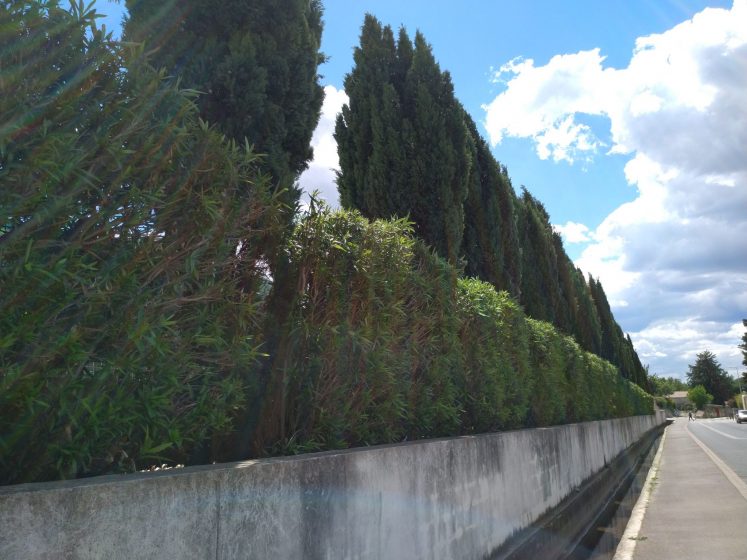
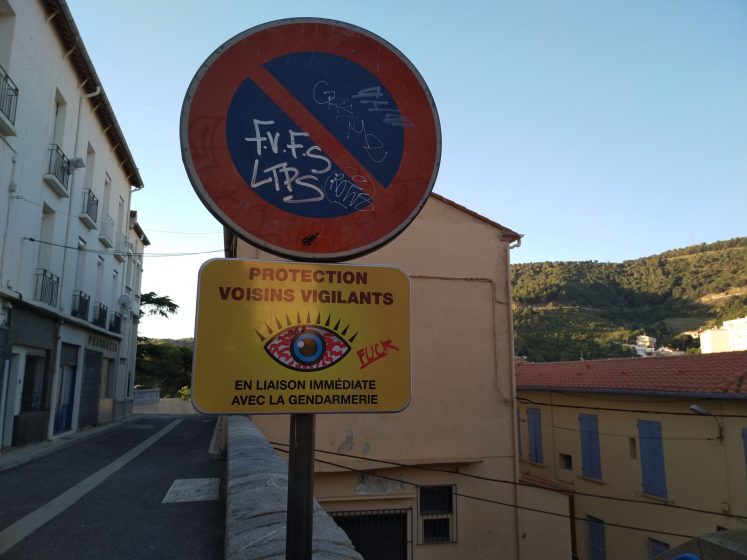
This made France feel like one of the most unwelcoming places we have stepped through in our entire 3.5-year walk. It’s hard to shake off the sensation of intentional distancing they want to keep, not just from strangers and people they don’t know, but from each other, from their neighbors.
In France, we find ourselves confused. Having walked through two continents and passing hundreds, thousands of villages, towns and cities overflowing with people, we can understand the need for quiet, silent, and safe places to think, live, and rest. On the other hand, we are troubled by the growing sense of isolation, disconnect, and separateness we see dividing our global community, and are disillusioned by this widening wave of “protecting what’s mine.”
Gates, fences, walls. There are stories behind them. There are people behind them. Do you see them?
Jennifer Baljko
Bangkok to Barcelona


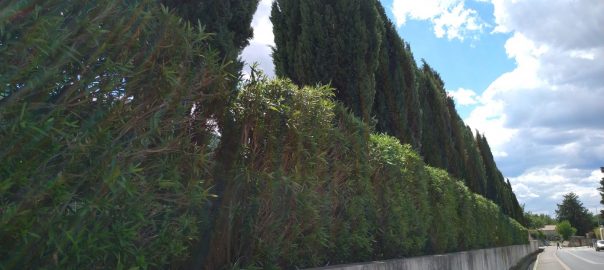
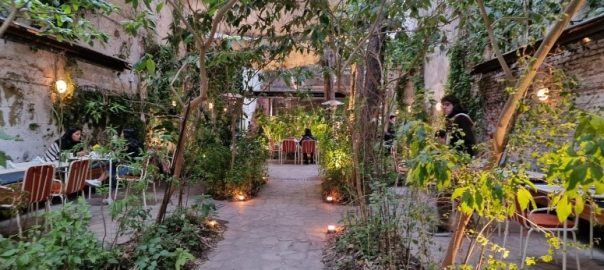
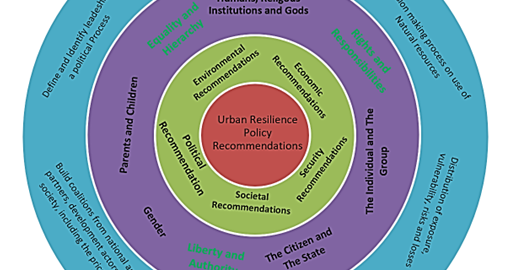
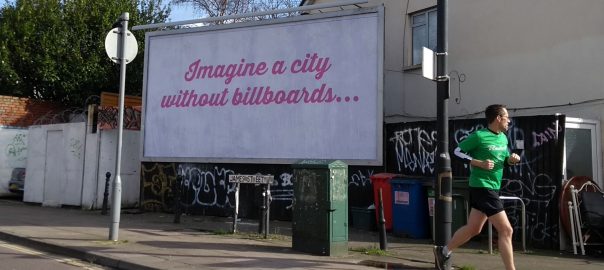

Leave a Reply